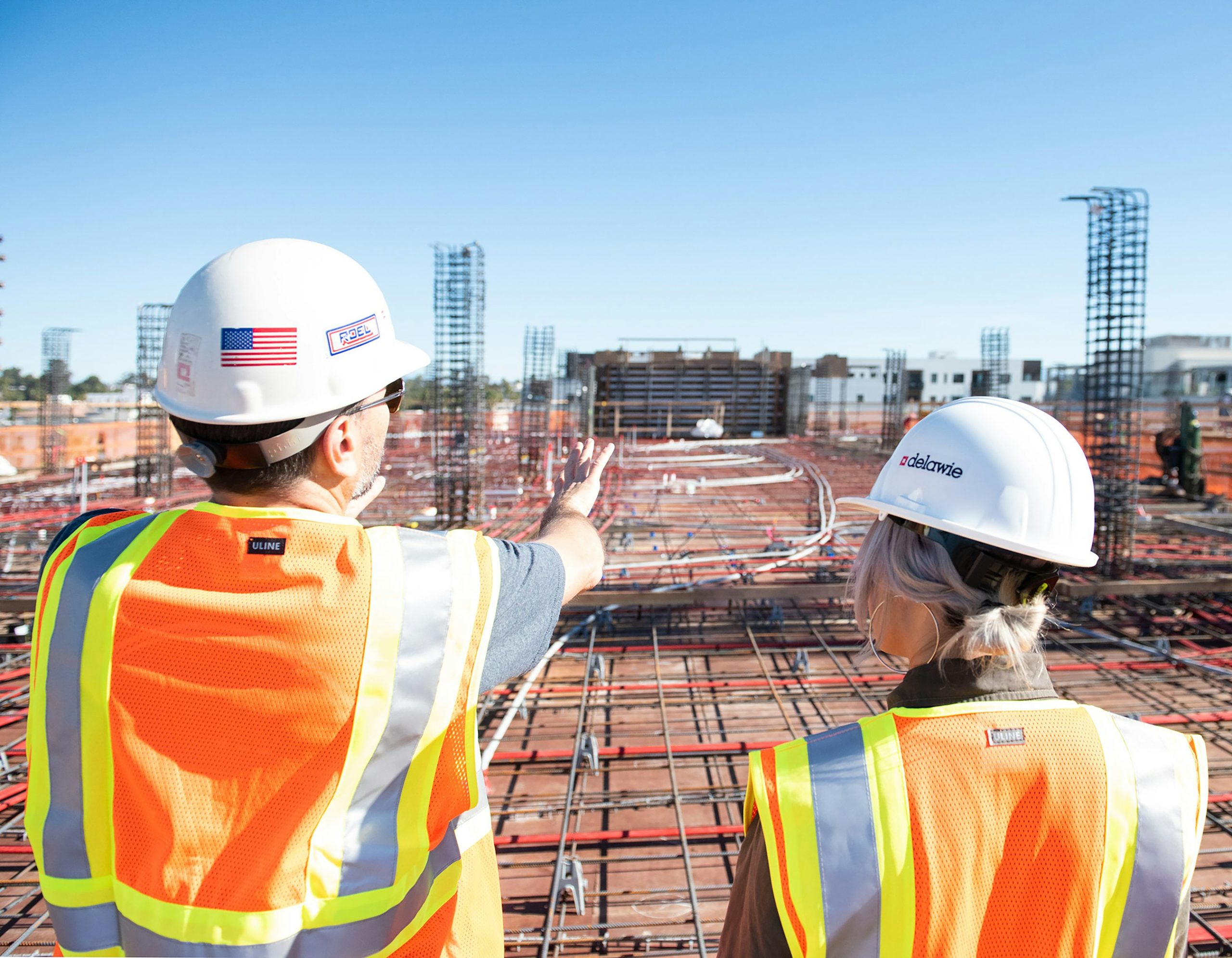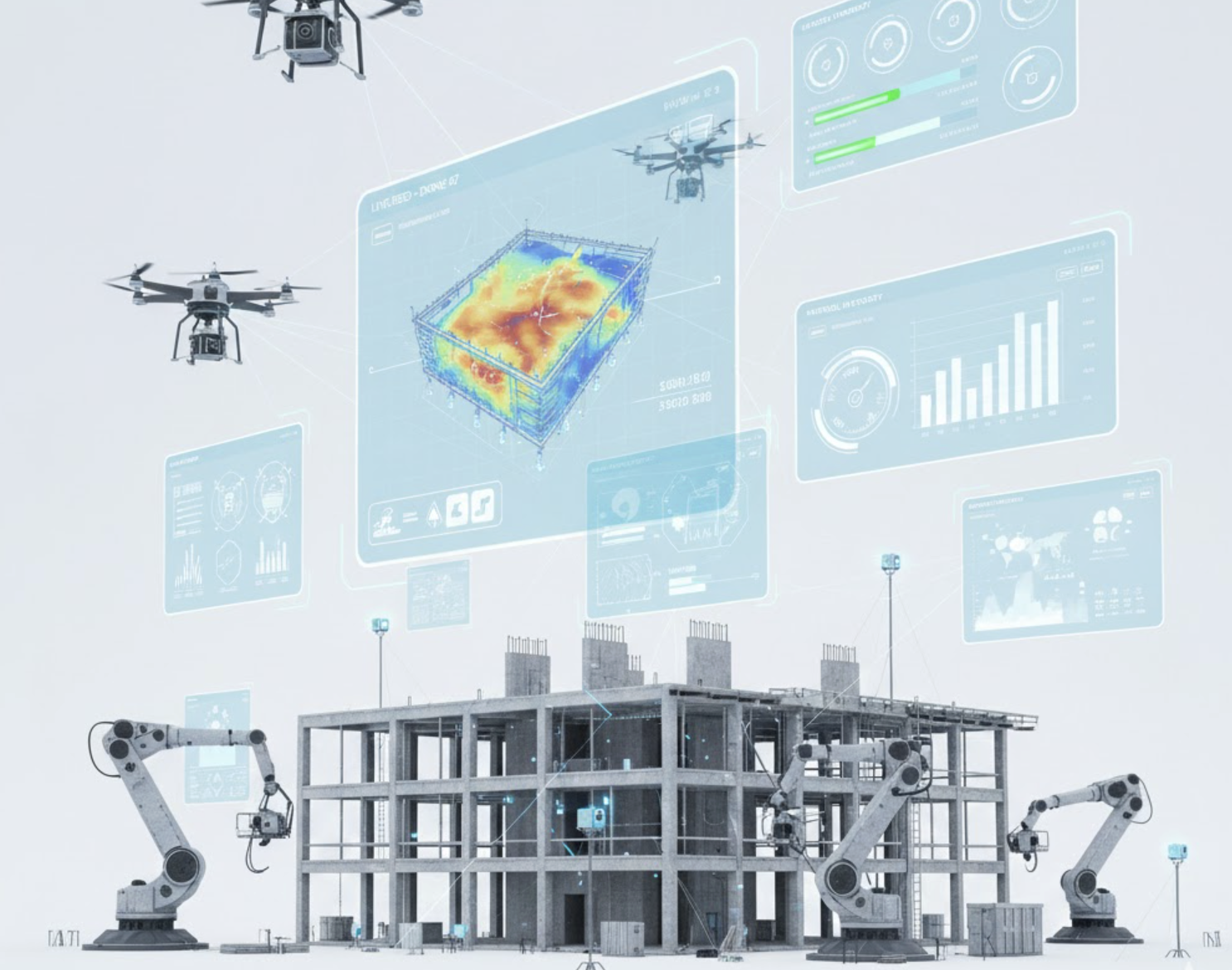From Whiteboards to Dashboards: Evolving Site Reporting
Introduction
The transition from traditional whiteboards to digital dashboards marks a significant evolution in site reporting, particularly in industries such as agriculture, construction, and business management. This comprehensive overview details this transition, including key concepts, statistics, use cases, best practices, and emerging innovations in construction management.
Key Concepts
Whiteboards: Historically, whiteboards have served as visual tools for organizing and tracking important information. In settings like sow farms, they are utilized to monitor feeding schedules, medication protocols, and health checks, among other metrics. However, while effective for the time, they lack the adaptability and efficiency of modern technology.
Dashboards: Digital dashboards provide a sophisticated and dynamic method to capture, analyze, and report data. By enhancing data management capabilities, they increase accessibility and enable real-time tracking of production targets and other critical metrics. In today’s fast-paced construction environment, dashboards play a vital role in project management.
Benefits of Transitioning to Dashboards
The move from whiteboards to digital dashboards in construction offers numerous advantages:
- Enhanced Data Accessibility: Digital dashboards make data available to on-site personnel and external consultants, facilitating improved collaboration and informed decision-making.
- Real-Time Tracking: Unlike static whiteboards, dashboards allow for immediate tracking of project progress, resource allocation, safety metrics, and other essential indicators, which is critical in dynamic construction settings.
- Process Mapping: Digital whiteboards, integrated into dashboards, can illustrate value streams and process flows, providing a comprehensive view of organizational workflows.
Use Cases
The implementation of dashboards has shown significant benefits in various sectors:
- Agriculture: In sow farms, transitioning to dashboards enhances the management of animal health and productivity, enabling real-time monitoring of reproductive performance and other operations. This shift has proven to create better health and productivity outcomes for animals.
- Construction Management: In the realm of construction, dashboards play a crucial role in tracking project progress, resource allocation, and safety metrics. For example, Zepth offers construction management solutions that incorporate data analytics and reporting dashboards, streamlining project oversight and improving efficiency.
- Business Management: Within general business settings, dashboards serve as tools for monitoring key performance indicators (KPIs), sales metrics, and operational efficiency, allowing for data-driven decisions and optimized processes.
Best Practices
To maximize the benefits of transitioning to dashboards, consider the following best practices:
- Iterative Design: When developing dashboards, it’s essential to iteratively refine the design based on user feedback. This includes creating mockups, gathering input, and making necessary adjustments before final deployment.
- Data Preparation: Proper data preparation is crucial for the success of dashboards. Tools such as Tableau Prep, Alteryx, and Custom SQL can assist in handling data preparation, depending on the complexity and available resources.
- Training and Buy-In: Implementing effective training for stakeholders ensures that they understand how to utilize the dashboards effectively, fostering acceptance and successful adoption of the technology.
Emerging Innovations
The landscape of site reporting continues to evolve with innovative advancements:
- Integration with Advanced Tools: The integration of digital whiteboards with advanced analytics platforms, such as Tableau, allows for creating dynamic and interactive dashboards. These systems enhance data visualization capabilities, transforming raw numbers into meaningful insights.
- Real-Time Analytics: Employing real-time analytics in dashboards affords immediate responses to data changes, benefiting environments like construction sites where rapid decision-making is essential.
Statistics and Impact
The impact of transitioning to digital dashboards can be considerable:
- Improved Efficiency: Moving to digital dashboards can significantly enhance operational efficiency. For instance, timely and accurate data tracking in sow farms leads to better health outcomes and increased productivity.
- Enhanced Decision-Making: Real-time data availability through dashboards facilitates improved decision-making in construction projects, resulting in fewer delays and optimized resource utilization.
Conclusion
The transition from whiteboards to dashboards signifies a monumental leap forward in site reporting, offering enhanced data accessibility, real-time tracking, and improved decision-making capabilities. By adopting best practices and leveraging emerging innovations, organizations can harness the full benefits of this digital transformation. In construction management, Zepth’s solutions are pivotal, providing robust data analytics and reporting tools that help elevate project management efficiency.




